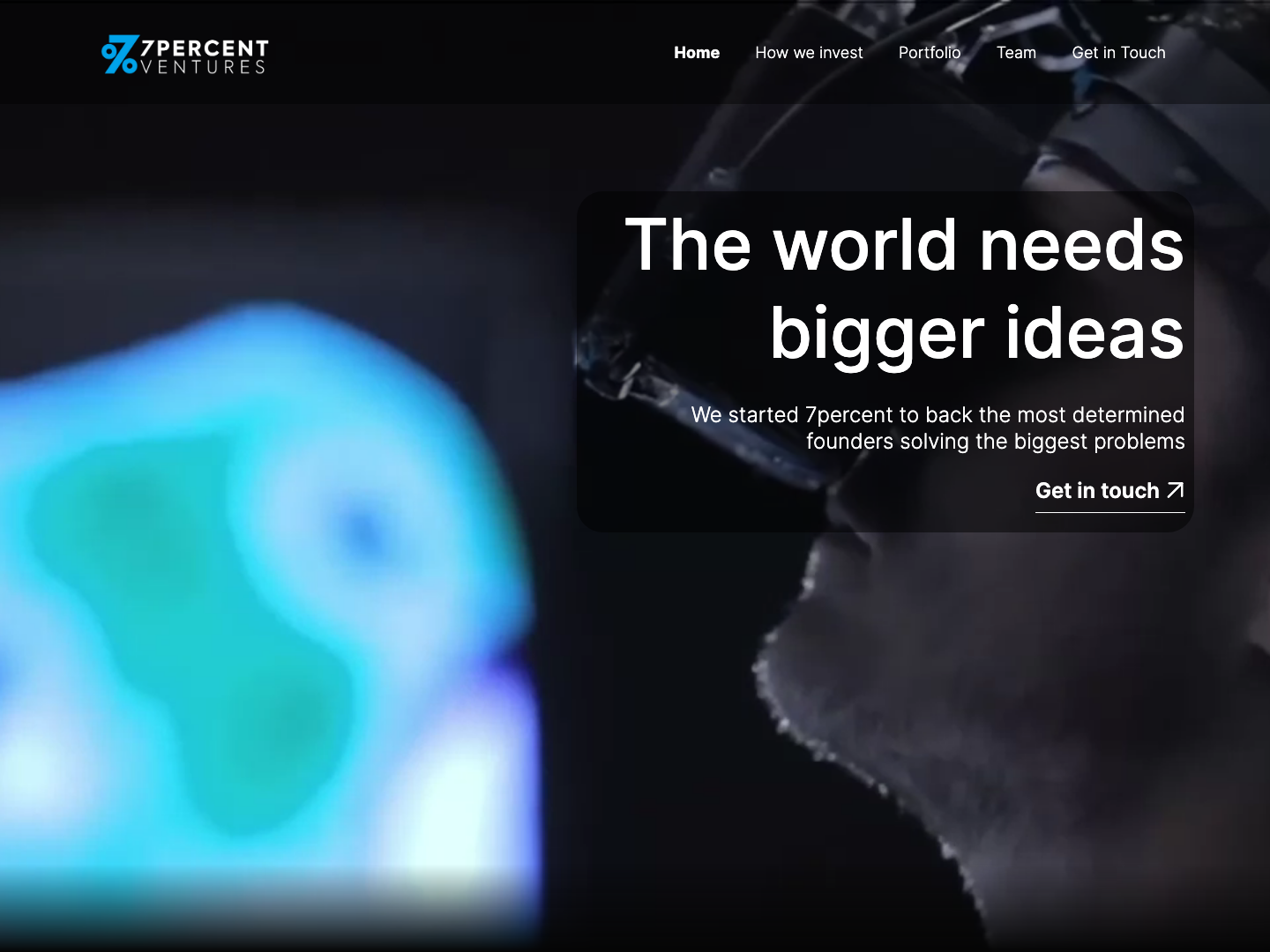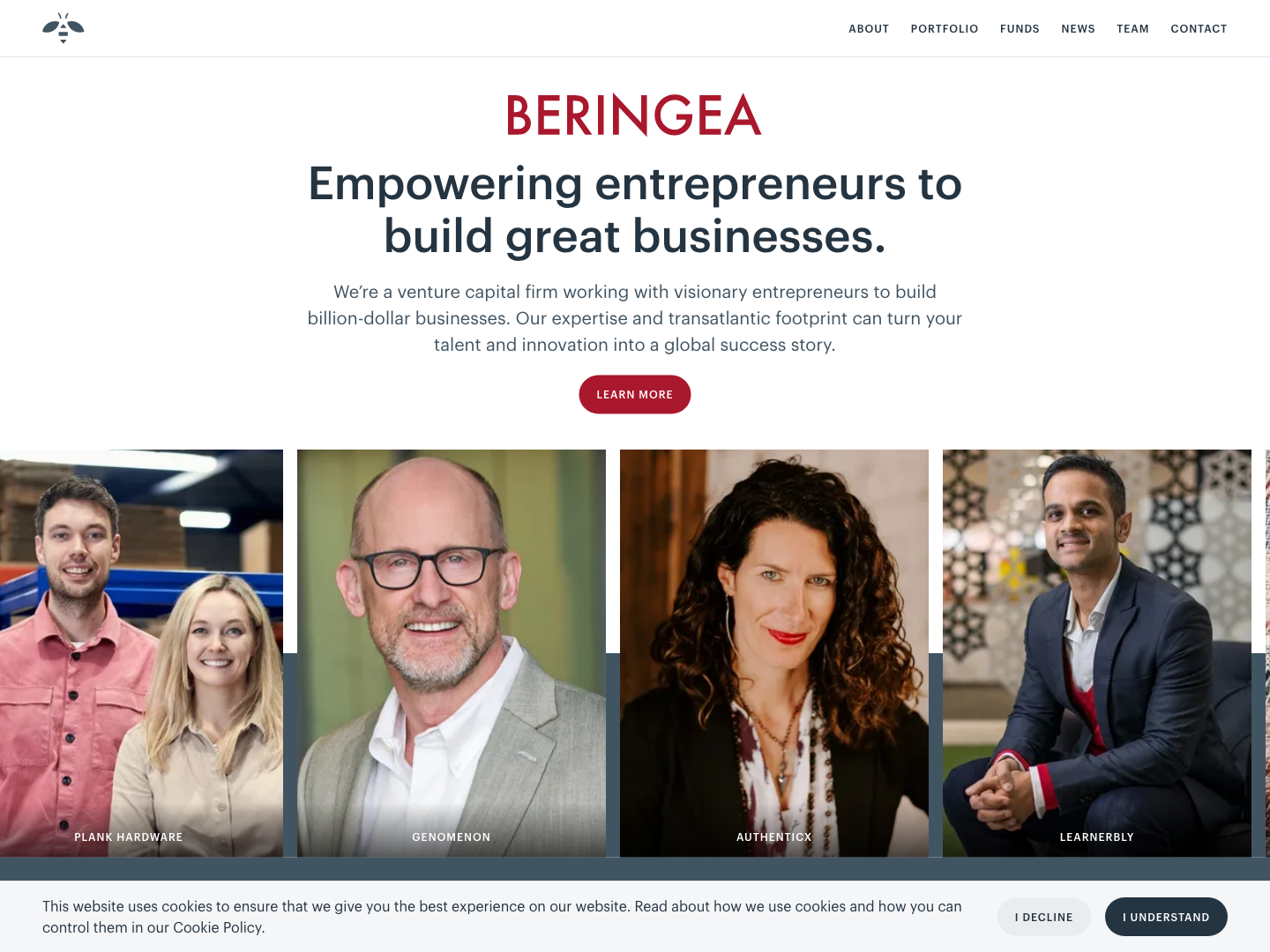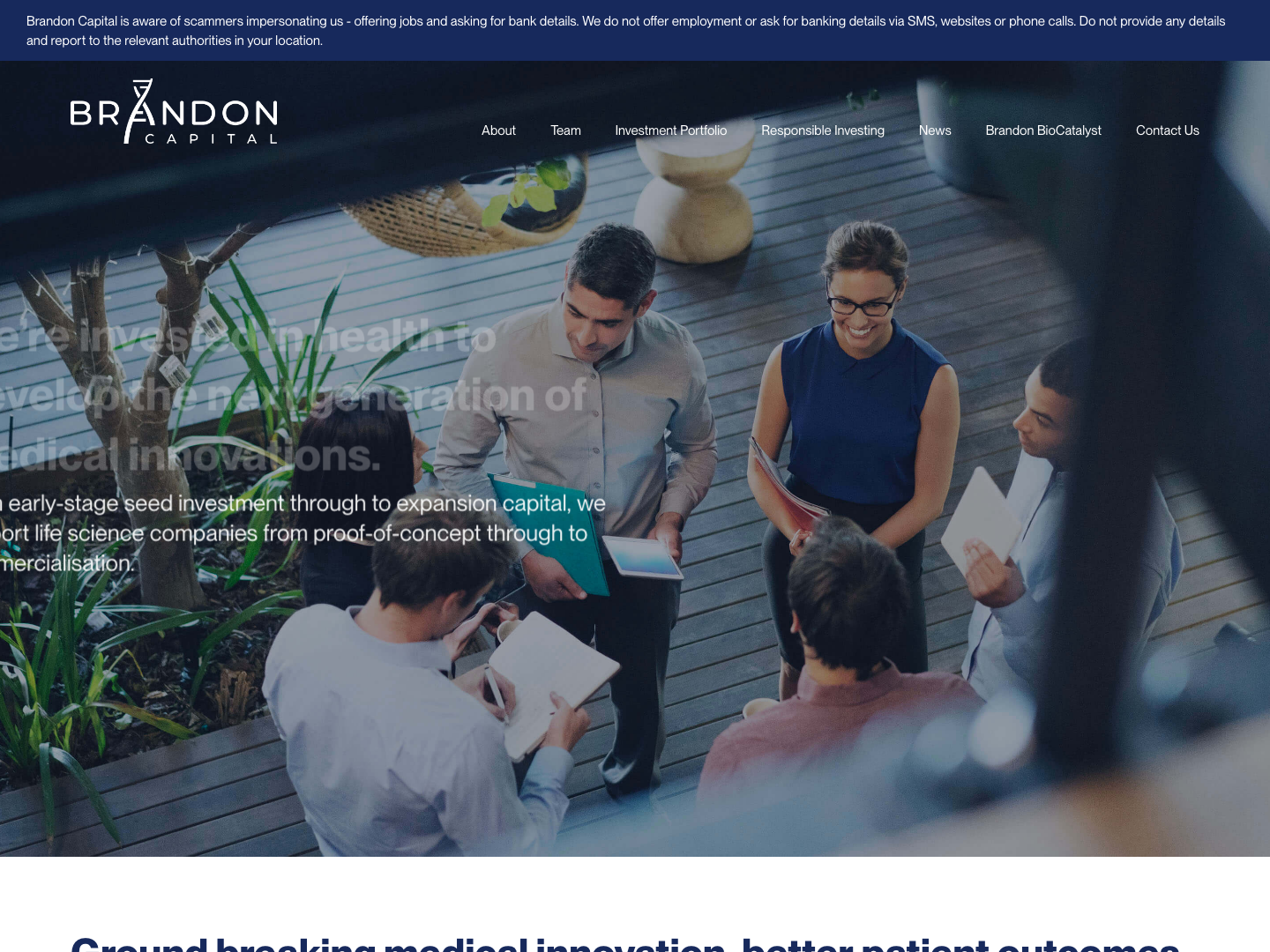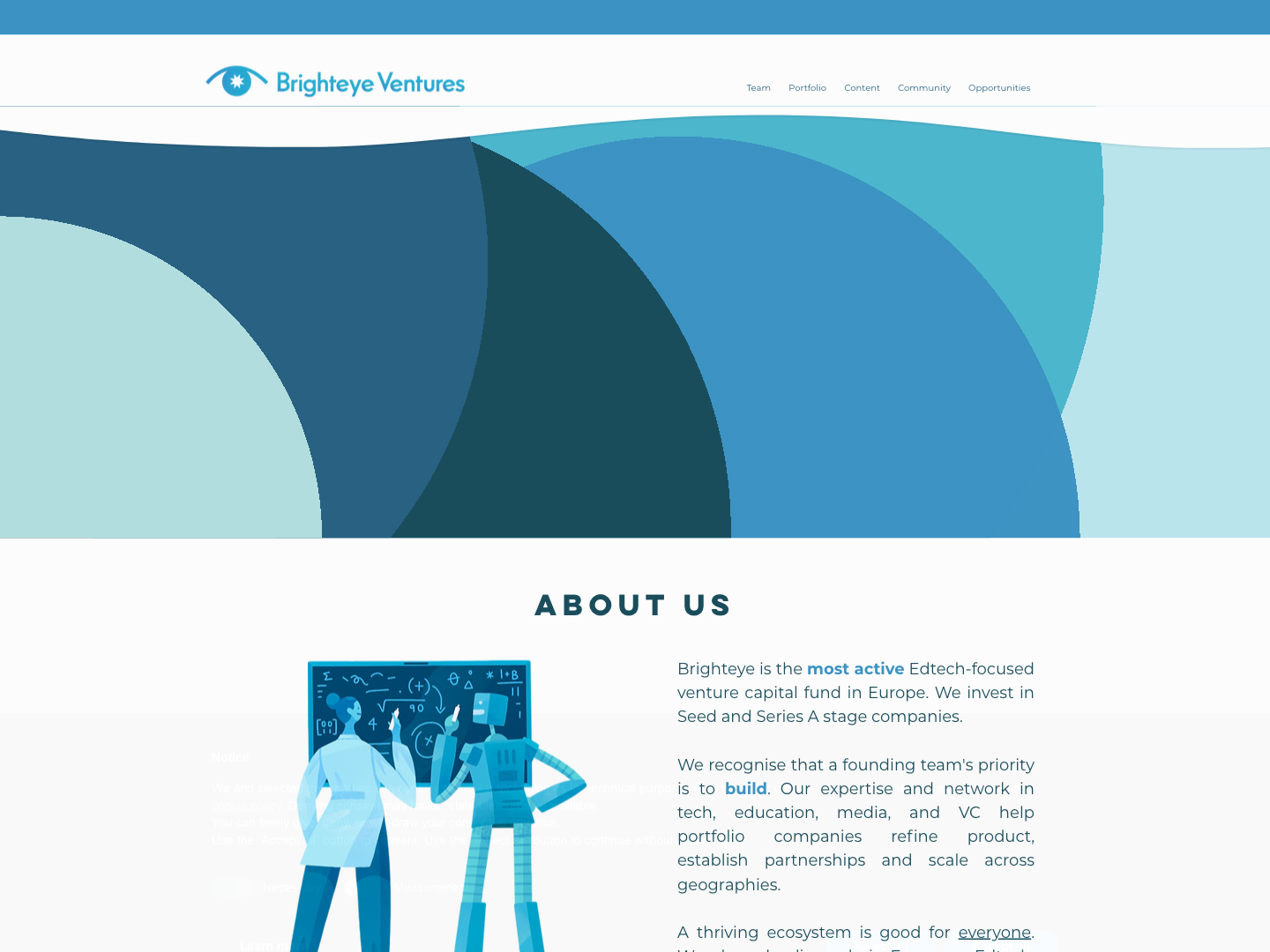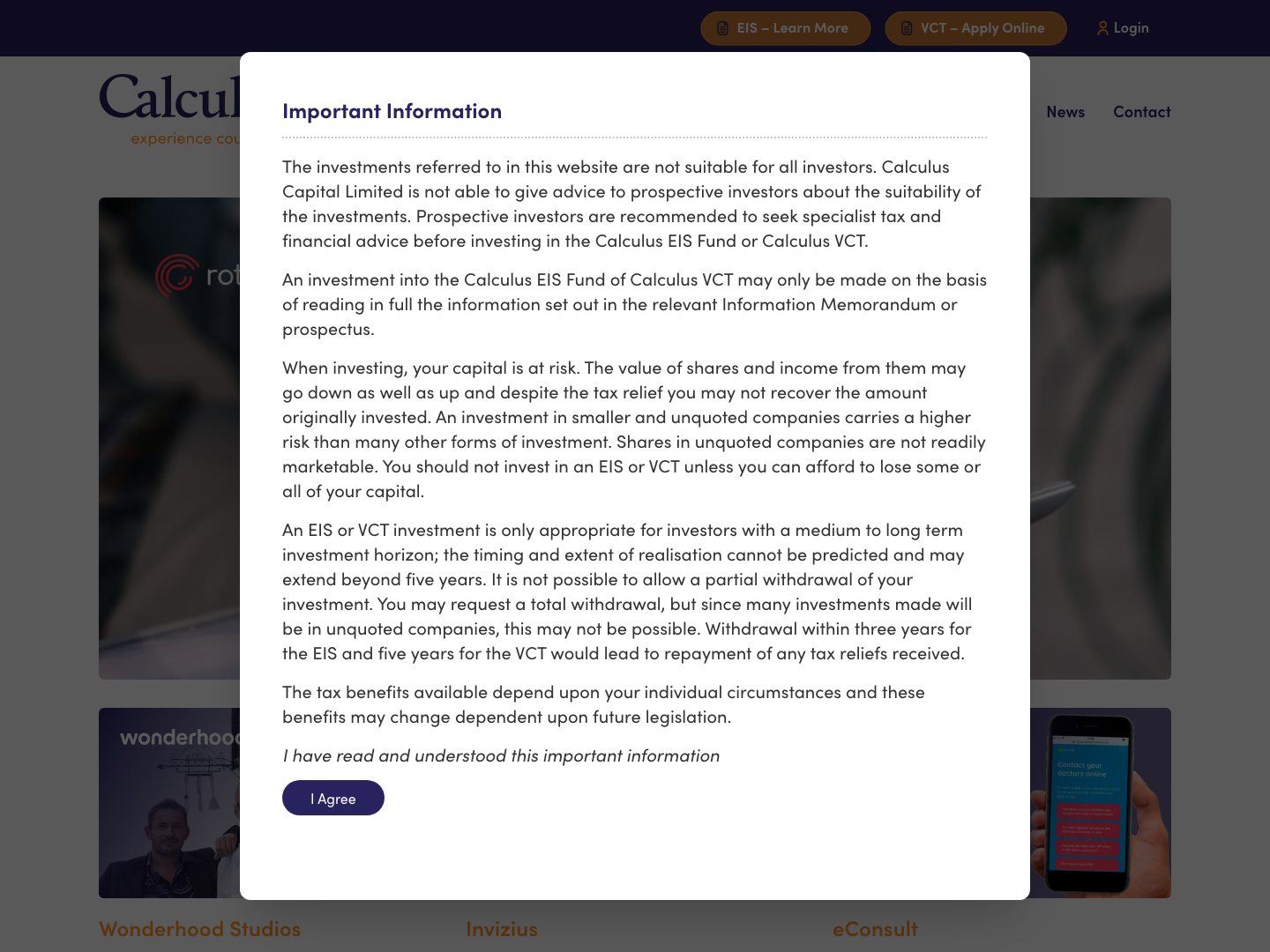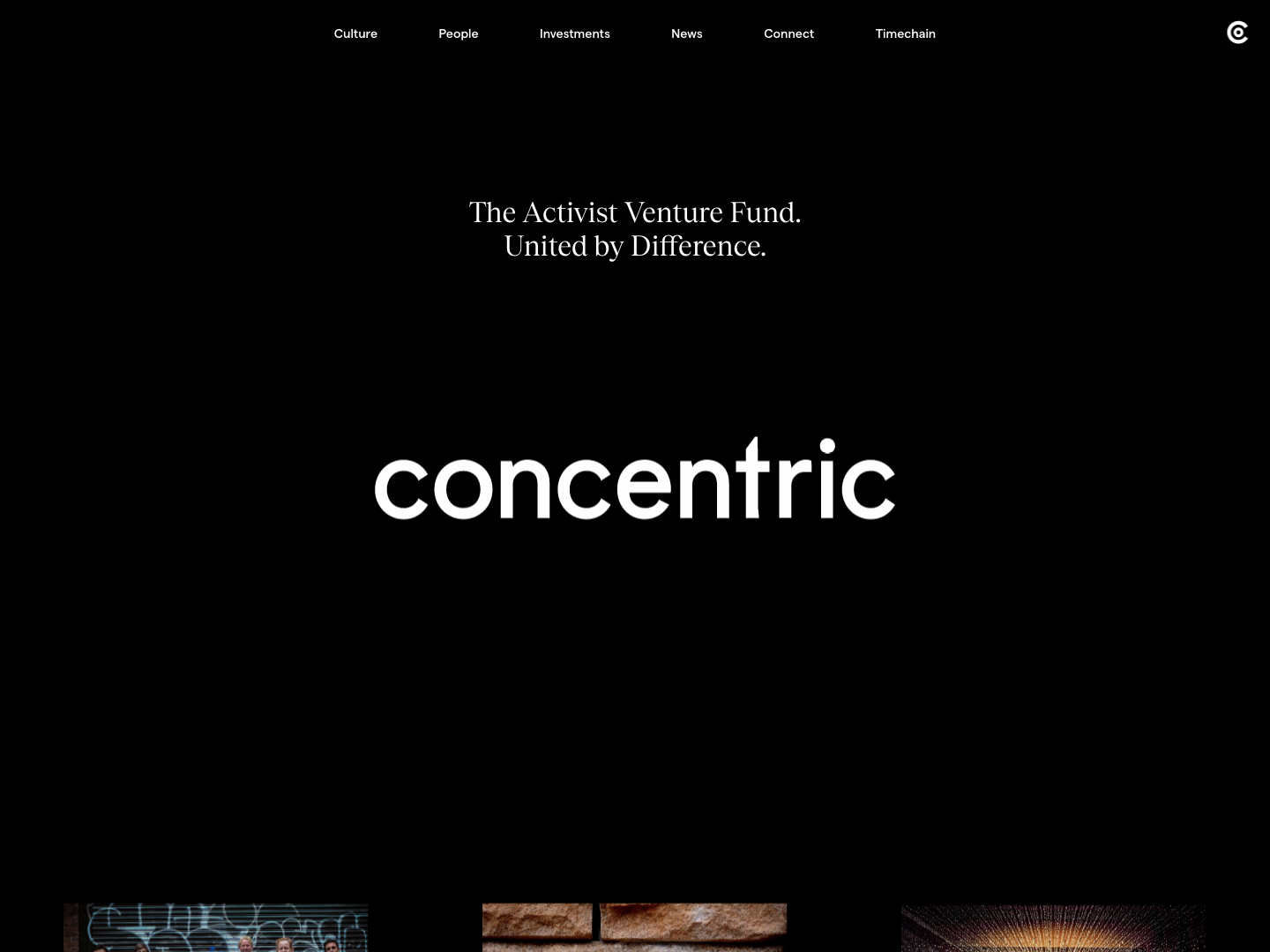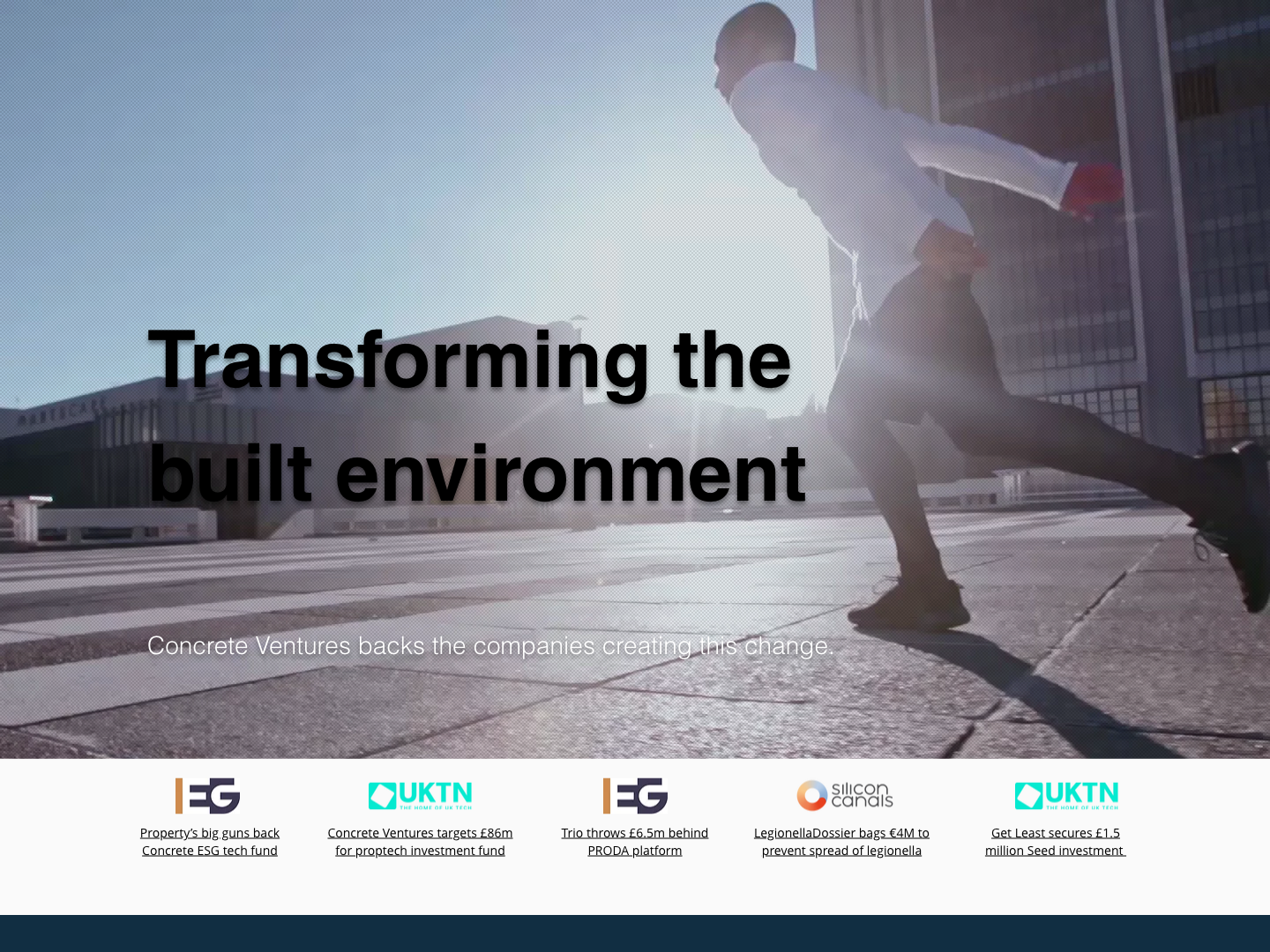Top 47 Seed VCs In The UK (Free List)
Seed venture capital between £500,000 and £4,000,000.

Unfortunately, the idea that seed VC money is destined for businesses at the very early “seed” stage of growth is not true anymore. You now definitely need to already have something growing to generate any interest from investors.
Visit our venture capital database for the full list of UK venture capital firms.
The value of seed investment is generally in a range between £500K and £4M.
This range used to start lower but as the startup scene has evolved, anything below £500K has now been categorised as pre-seed vc money.
47 Most Active Seed VC Investors In The UK
Seed VCs (websites, linkedin and twitter accounts)
Here is a list of UK based seed VCs
| Id | Seed VCs | City, Country | Funding Round | Investment Sector | Contact Details |
|---|---|---|---|---|---|
| 1 | London, UK | Generalist | |||
| 2 | 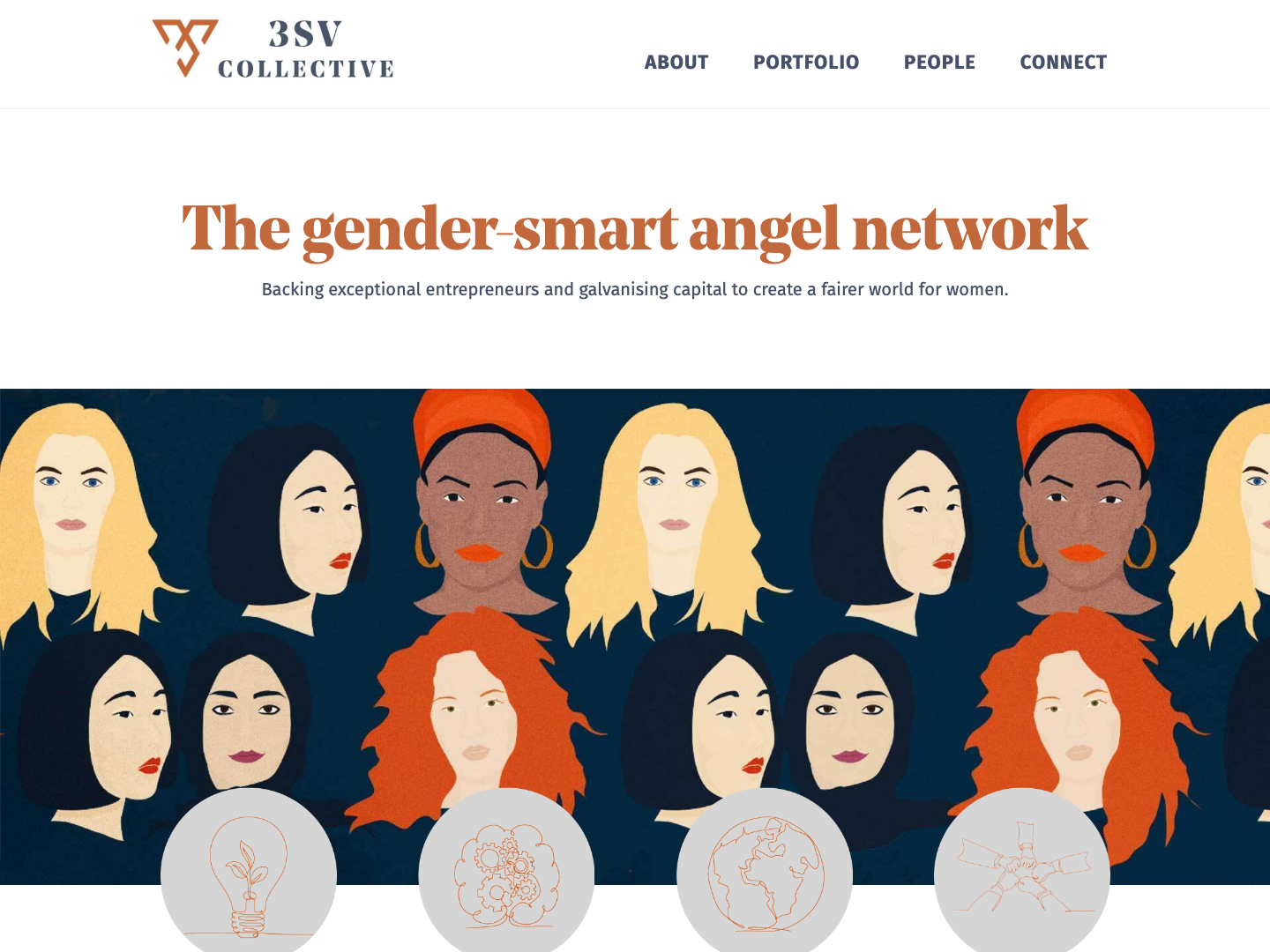 3 Sisters Ventures(1 contacts 🔒) | London, UK | Femtech | ||
| 3 |  3VC(4 contacts 🔒) | London, UK | Generalist | ||
| 4 | London, UK | ||||
| 5 |  Accel(21 contacts 🔒) | London, UK | |||
| 6 | London, UK | ||||
| 7 | 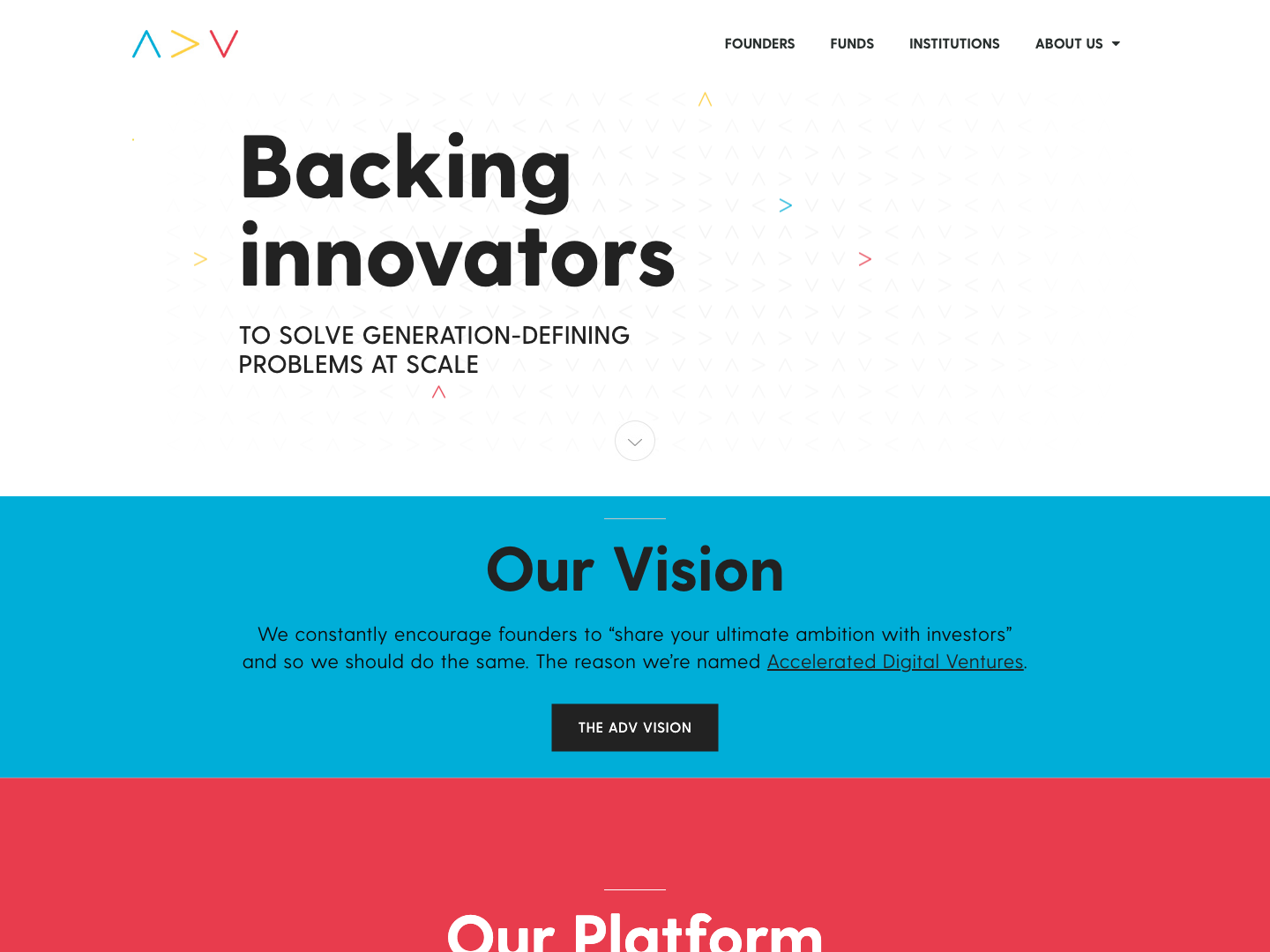 ADV(more info 🔒) | London, UK | Generalist | ||
| 8 |  Air Street Capital(2 contacts 🔒) | London, UK | |||
| 9 | London, UK | ||||
| 10 |  Angular Ventures(2 contacts 🔒) | London, UK | Deeptech, Insurtech | ||
| 11 | London, UK | ||||
| 12 | Edinburgh, UK | ||||
| 13 | London, UK | ||||
| 14 | London, UK | ||||
| 15 |  AVP (AXA Venture Partners)(4 contacts 🔒) | London, UK | |||
| 16 | London, UK | Generalist, Fintech | |||
| 17 |  BallPark Ventures(5 contacts 🔒) | London, UK | |||
| 18 | London, UK | ||||
| 19 | Beacon Capital(3 contacts 🔒) | London, UK | |||
| 20 | London, UK | Generalist, B2C | |||
| 21 | London, UK | ||||
| 22 | Gloucester, UK | ||||
| 23 |  Blossom Capital(2 contacts 🔒) | London, UK | |||
| 24 |  Boundary Capital(1 contacts 🔒) | London, UK | Generalist, Healthtech | ||
| 25 | London, UK | Science, Biotech | |||
| 26 | London, UK | ||||
| 27 |  Btomorrow Ventures(5 contacts 🔒) | London, UK | Generalist | ||
| 28 | London, UK | ||||
| 29 | Cambridge, UK | ||||
| 30 |  Cardiff Capital Region(3 contacts 🔒) | Cardiff, UK | Generalist, Greentech | ||
| 31 | 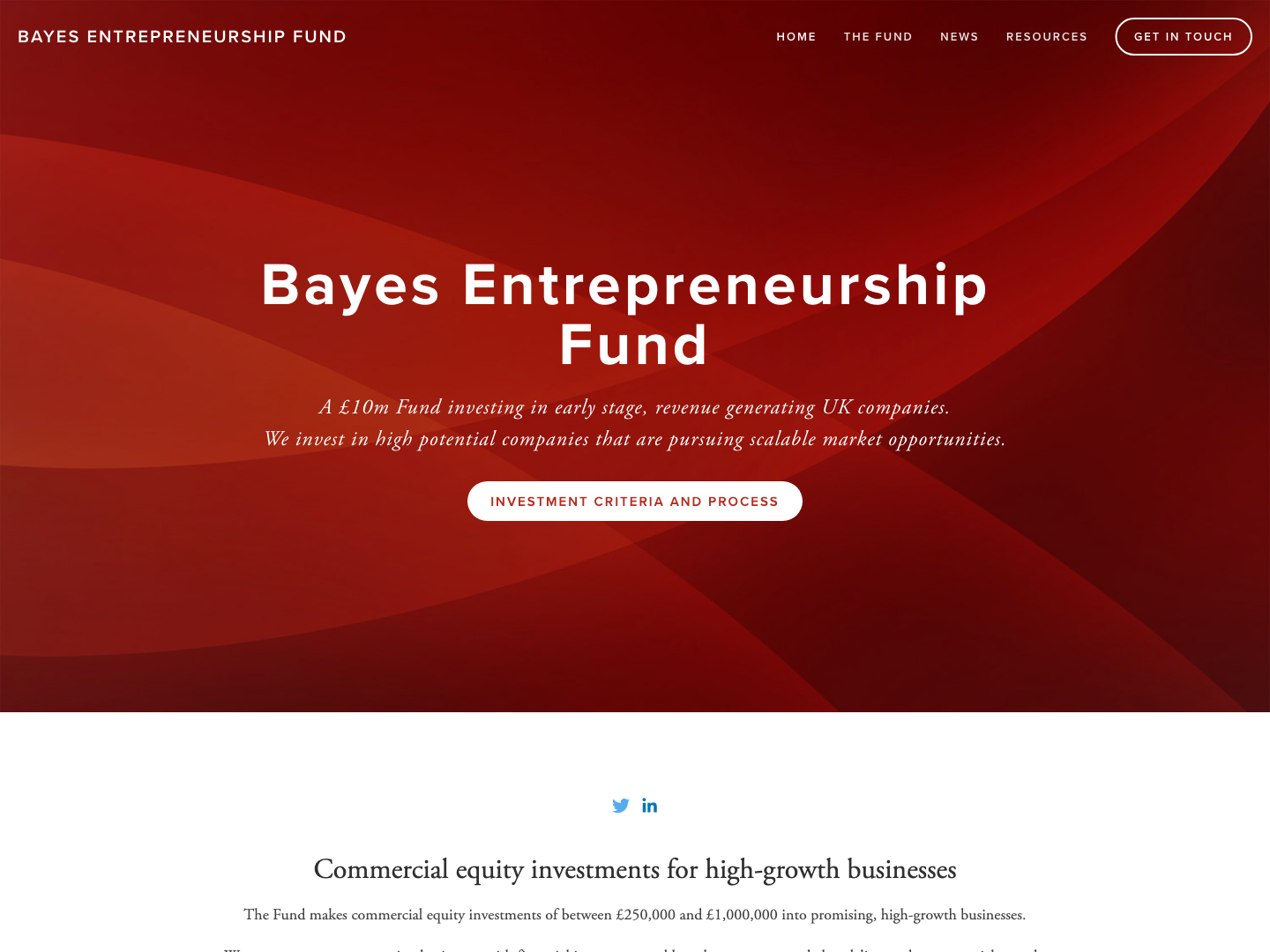 Cass Entrepreneurship Fund(2 contacts 🔒) | London, UK | Generalist | ||
| 32 | London, UK | ||||
| 33 | London, UK | ||||
| 34 | London, UK | Generalist, AI | |||
| 35 | Belfast, UK | Generalist, Healthtech | |||
| 36 | London, UK | Generalist | |||
| 37 | London, UK | ||||
| 38 | London, UK | Proptech, Construction | |||
| 39 | London, UK | ||||
| 40 |  Consilience Ventures(1 contacts 🔒) | London, UK | Deeptech | ||
| 41 |  Craigie Capital(1 contacts 🔒) | London, UK | |||
| 42 |  Crescent Capital(4 contacts 🔒) | Belfast, UK | |||
| 43 |  Crista Galli Ventures(1 contacts 🔒) | London, UK | |||
| 44 | 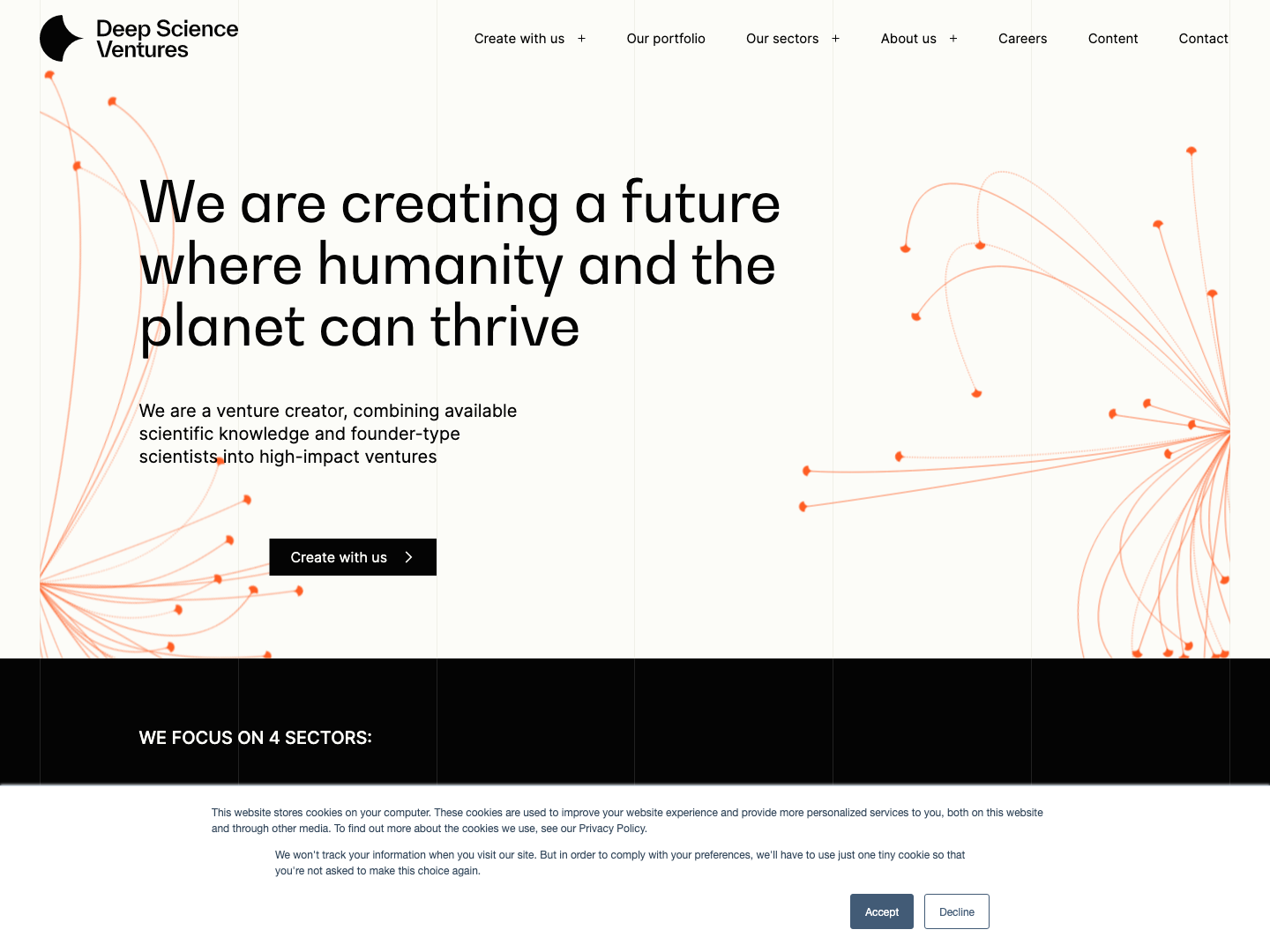 Deep Science Ventures(4 contacts 🔒) | London, UK | Agriculture, Computation, Climate, Pharma | ||
| 45 |  Digital Horizon(1 contacts 🔒) | London, UK | |||
| 46 | 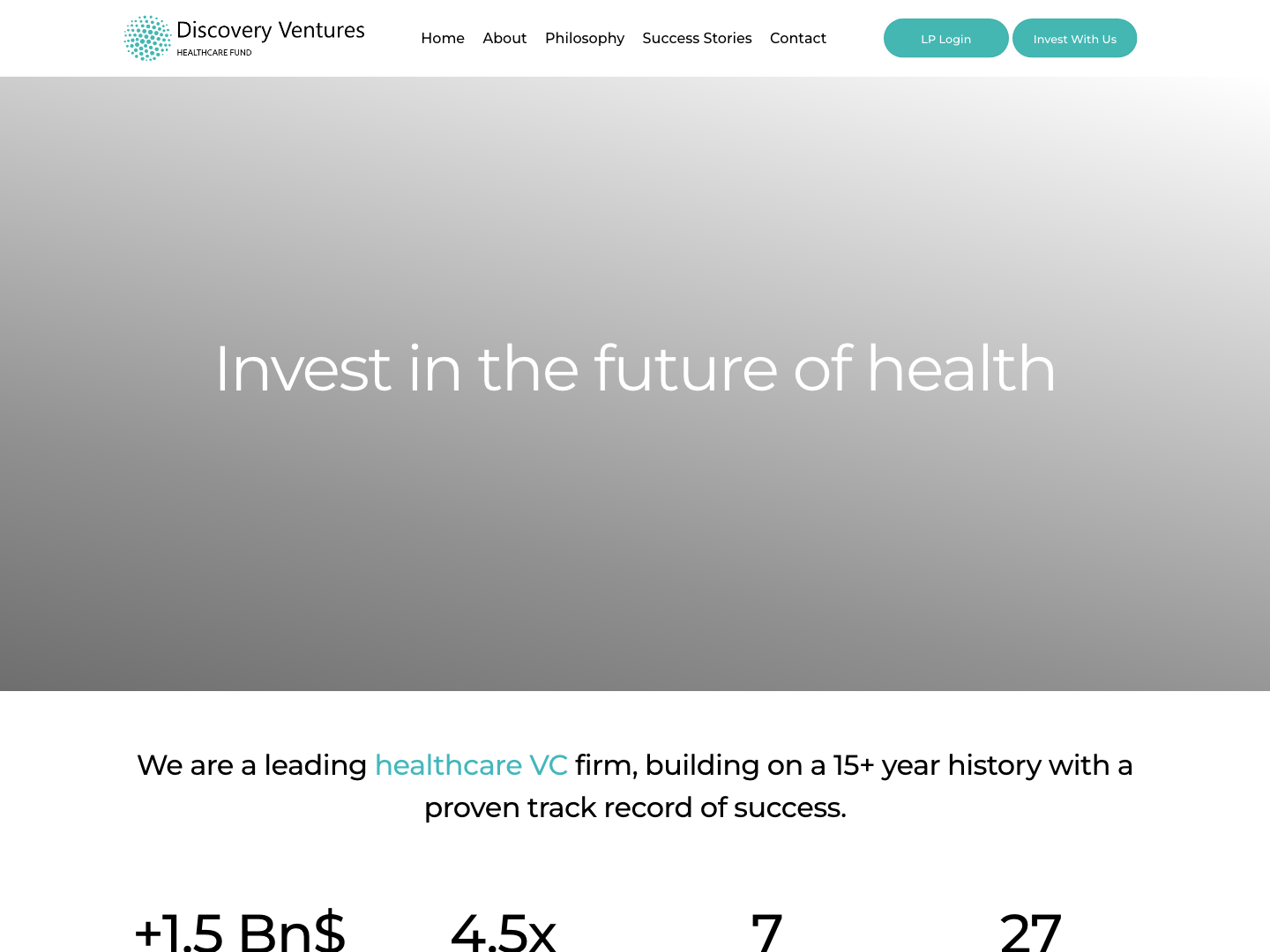 Discovery Ventures(1 contacts 🔒) | London, UK | |||
| 47 | 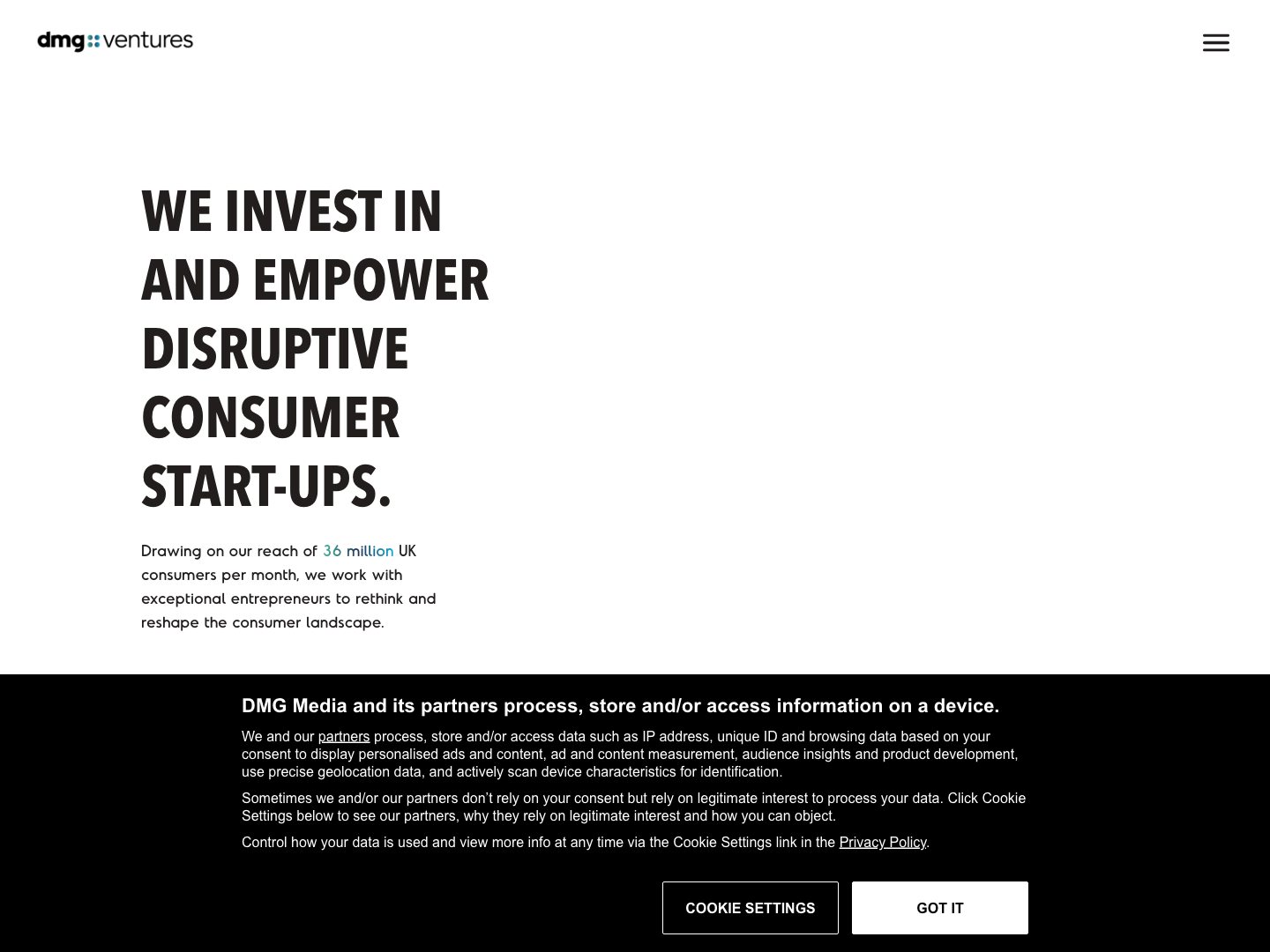 Dmg Ventures(3 contacts 🔒) | London, UK | |||
| Full investor database | All Locations | All Funding Rounds | All Sectors | All Contact Details |
Click here for a full list of 679 UK VC Funds
What is a seed VC?
Seed round investment can mean different things depending on the market you’re in. Most of the time, you should already have a working MVP, proven some metrics with a working prototype, early product market fit, or put together a strong team. However, if your industry requires strong investment levels to get started, a very detailed plan and the perfectly targeted investor can get you funded.
If you’re raising at seed level, this will clearly not be your last investment round. You cannot just raise a seed round and then quietly run your business. You now how to grow fast. Once the round is closed, you will generally get between 18 and 24 months to reach your series A round. And to do that you will need to show at least £50K-£250K MMR and have progressively built quality relationships with further funds.
The lead investor that you get on board at this stage is key. It’s not just about money. At this level of investment you will be in reach of 5 different investor types:
- Angel investors: high net worth individuals who invest in startups
- Angel syndicates: groups of high net work individuals
- Seed VCs: venture capital funds
- Corporate VCs and incubators: investment arms of businesses
4 rules to choose the best seed VC investors
A few rules depending the type of investor you are targeting:
- 1 - if you take angel investment, make sure the individuals bring more than just cash (contacts, expertise)
- 2 - if you take corporate VC money it is important that the connected business is in your market and keen to grow your business with you. You do not want to be just a token startup to make them look good or a disguised acquihire.
- 3 - if you bring in a seed venture capital firm, make sure they can either do follow up investments or have a structure and reputation in place to move you towards further VCs.
- 4 - if follow up investment is an option, make sure that you have a good idea of what they are looking for. The last thing you want is to have your lead investor suddenly backing out of a follow up investment. That would clearly send out a very bad signal out to the market!
Tips on how to build your seed VC network
It’s so important to build relationships with seed VCs very early. Reach out to selected individuals within the venture firms and explain what you’re planning on doing. This is not the time to ask for anything. Then start building a relationship with regular updates on your progress, traction (why not use a pitch deck) and key news in your industry. You can also do a version of this on your professional social media accounts like Linkedin or Twitter. You are building something while showing that you are an expert in your field.
Common pushbacks from founders: “what if we start talking to investors and change the plan on route?”.
That is 100% fine! You are testing to see what works. It’s all part of the journey and understanding how you change and how you react to setbacks and pivots will be a way of demonstrating who you really are. Yes, you may loose interest from a few investors along the way, but these investors would not have been a good match anyway.
Frequently asked questions
What specific criteria or factors determine whether a business is considered ready for seed VC investment, especially in markets where strong investment levels are required to initiate operations?
In markets where substantial investment is necessary to launch operations, a business's readiness for seed VC investment hinges on several key factors.
One crucial aspect is the presence of a working MVP (Minimum Viable Product), showcasing tangible progress and the viability of the concept.
Additionally, proven metrics and traction, such as key performance indicators and user engagement data, play a pivotal role in attracting seed VC interest. Investors often look for early signs of product-market fit, demonstrating that the business has identified and resonated with its target audience.
Overall, a combination of a functional prototype, compelling metrics, and evidence of alignment with market demands contributes to a business being deemed ready for seed VC investment in high-investment markets.
The article mentions the importance of the lead investor in a seed round. Could you provide more insights into the qualities or characteristics that make a lead investor effective at this stage, beyond just providing capital?
In the context of a seed round, the significance of a lead investor extends beyond monetary contributions.
An effective lead investor is distinguished by qualities such as strategic guidance, offering valuable insights and industry knowledge to assist the startup in making informed decisions.
Networking prowess is also crucial; a lead investor with an extensive network can facilitate connections, opening doors to potential clients, partners, and future funding opportunities. Operational expertise is another key characteristic, as an investor with hands-on experience in scaling businesses can provide valuable guidance during the startup's growth phase.
Essentially, an effective lead investor brings more than just capital to the table, contributing strategic, network-related, and operational support to enhance the startup's overall prospects.
The advice on building a seed VC network emphasises early relationship building. Could you elaborate on how founders should approach and maintain these relationships, and what key elements they should include in their regular updates to potential investors?
When it comes to building a seed VC network, founders should prioritise early relationship building by engaging with potential investors in a thoughtful and strategic manner.
One approach is to initiate contact without an immediate ask, providing selected individuals within venture firms with insights into their business plans and goals. This initial outreach is not about seeking funding but rather about introducing the startup and building a rapport.
To maintain these relationships, founders should provide regular updates on their progress, traction, and key industry developments. Using platforms like LinkedIn or Twitter, founders can share professional updates, milestones achieved, and demonstrate their expertise in the field.
This ongoing communication helps establish a connection beyond the fundraising context, showcasing the founder's commitment and passion for their venture.
In these updates, founders should consider using a pitch deck or a condensed version of it to highlight key metrics, achievements, and future plans. Providing tangible evidence of growth and success can keep investors informed and engaged, increasing the likelihood of their continued interest in the startup's journey.
An example might involve sending a quarterly update that outlines recent accomplishments, key performance indicators, and any notable developments. By consistently demonstrating progress and expertise, founders can build and nurture relationships with seed VC investors over time.

